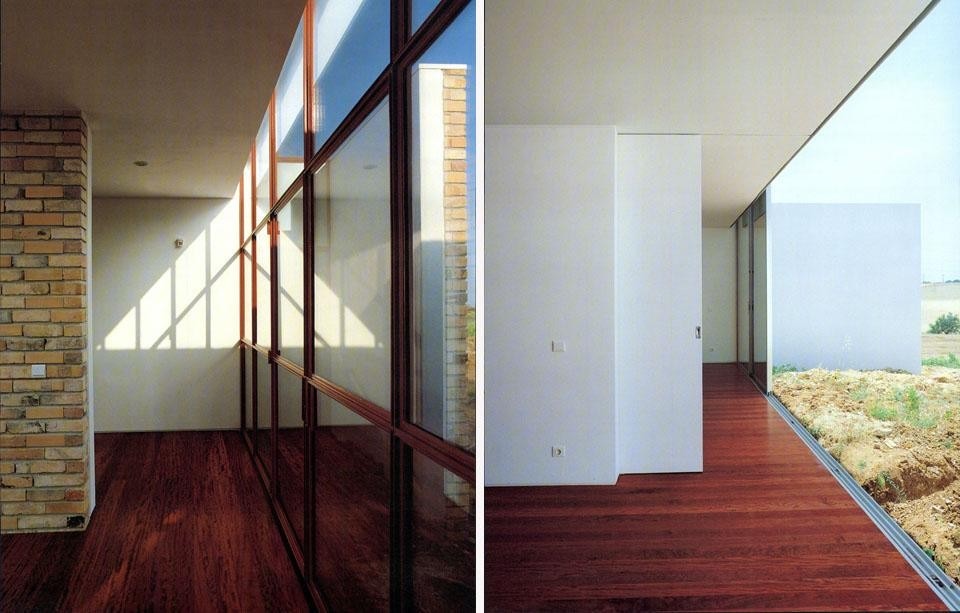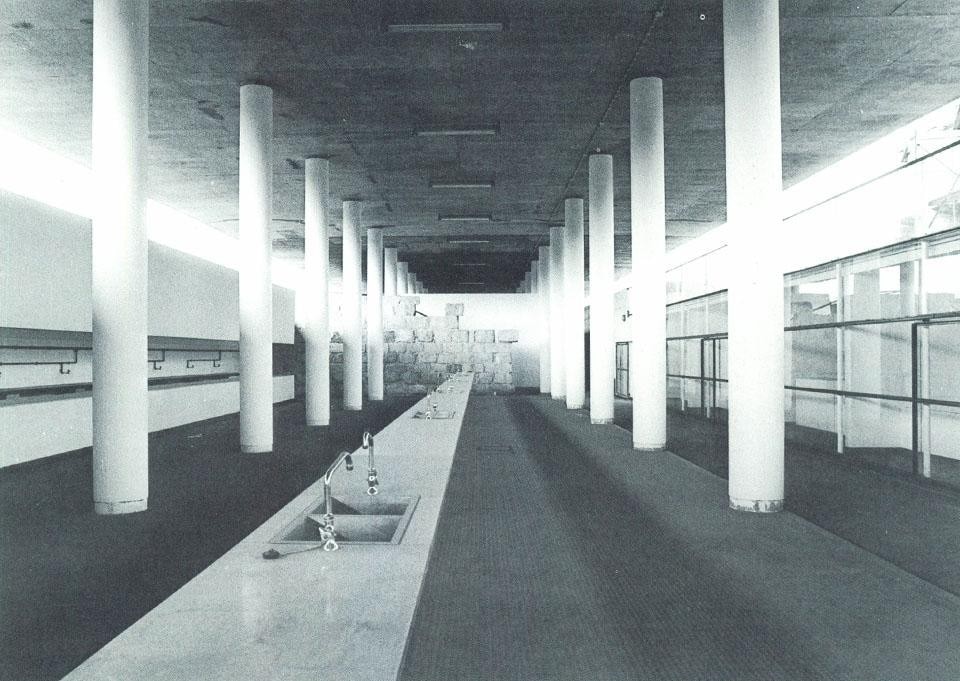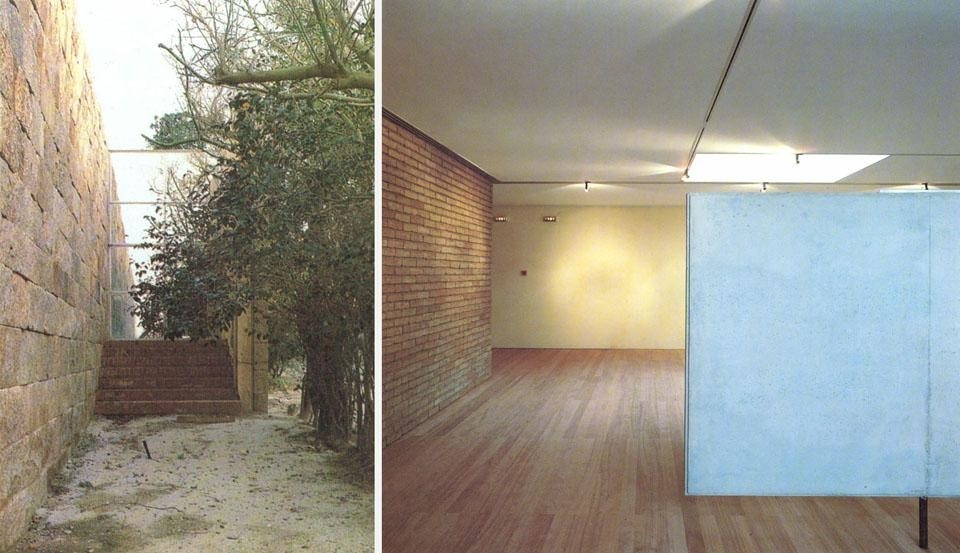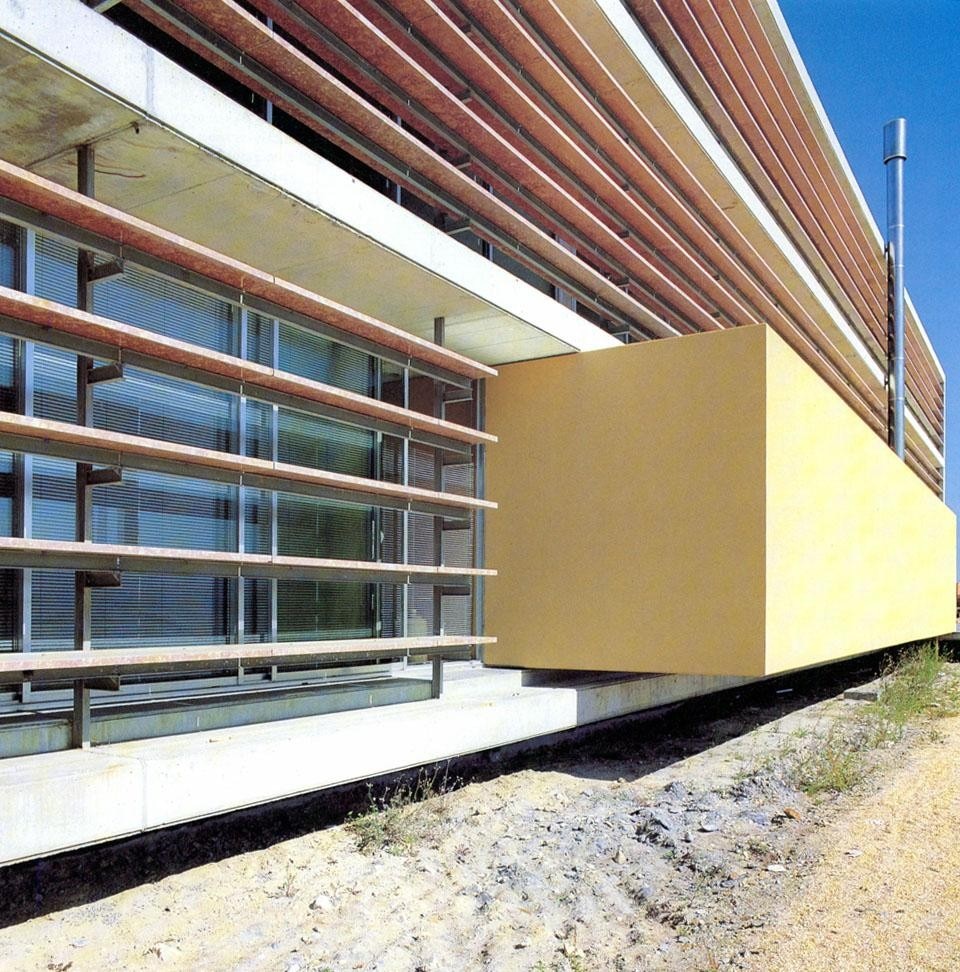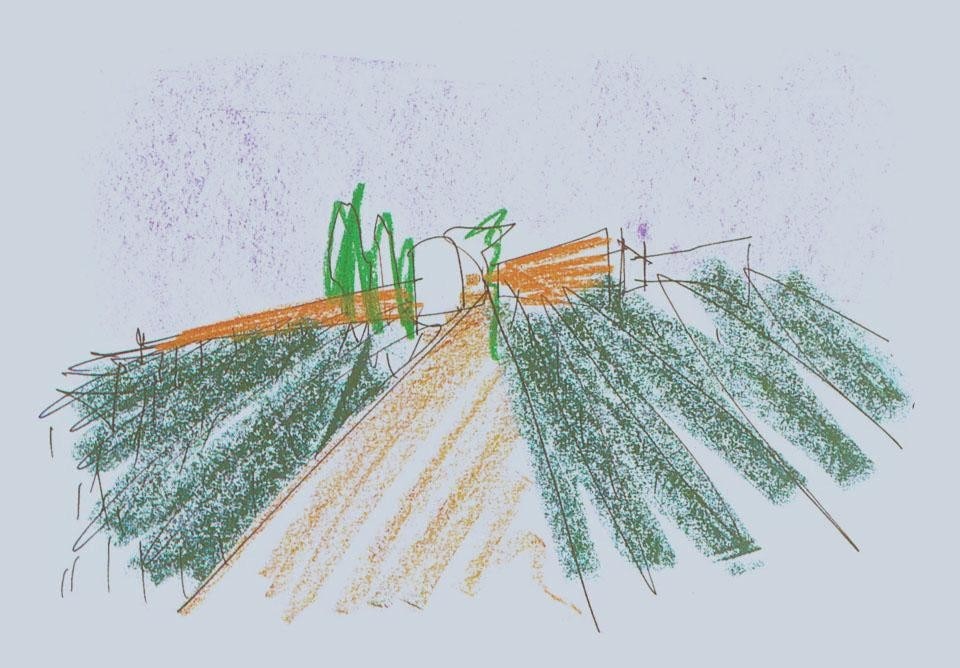Recent architecture in Portugal has permitted influences to come as much from external masters as from internal ones. The widely discussed School of Porto is a lineage of practitioners that has closely studied each other's projects as well as referred to bodies of work that would support a particular stance for and against local and contemporary tendencies. In this sense, the buildings of the 1950s and 1960s by one of Eduardo Souto de Moura's teachers, Fernando Távora, reveal a synthesis of local vernacular traditions with processes of abstraction (as developed in the art and architecture of the first decades of the twentieth century), countering the false consciousness of Salazarist "traditionalism". Souto de Moura's Braga Market (1980) was in part a homage to Távora's famed Tennis Pavilion (1957) at the Quinta de Conceição in Matosinhos. Alvaro Siza, another teacher of Souto de Moura, has opened architecture's plastic and figurative dimensions to his student. While Siza looked in particular to Alvar Aalto for social and architectural inspiration, Souto de Moura's sensibilities and intellect are closer to the emphatic tectonics of Ludwig Mies van der Rohe and the work of the Dutch De Stijl architects. The personal freedom, as might be argued to exist in Siza's work, is considered by some younger Portuguese architects to be a unique privilege, to which they either cannot or do not wish to add. Perhaps a similar situation existed in Finland since World War II, but certainly since the death of Aalto.
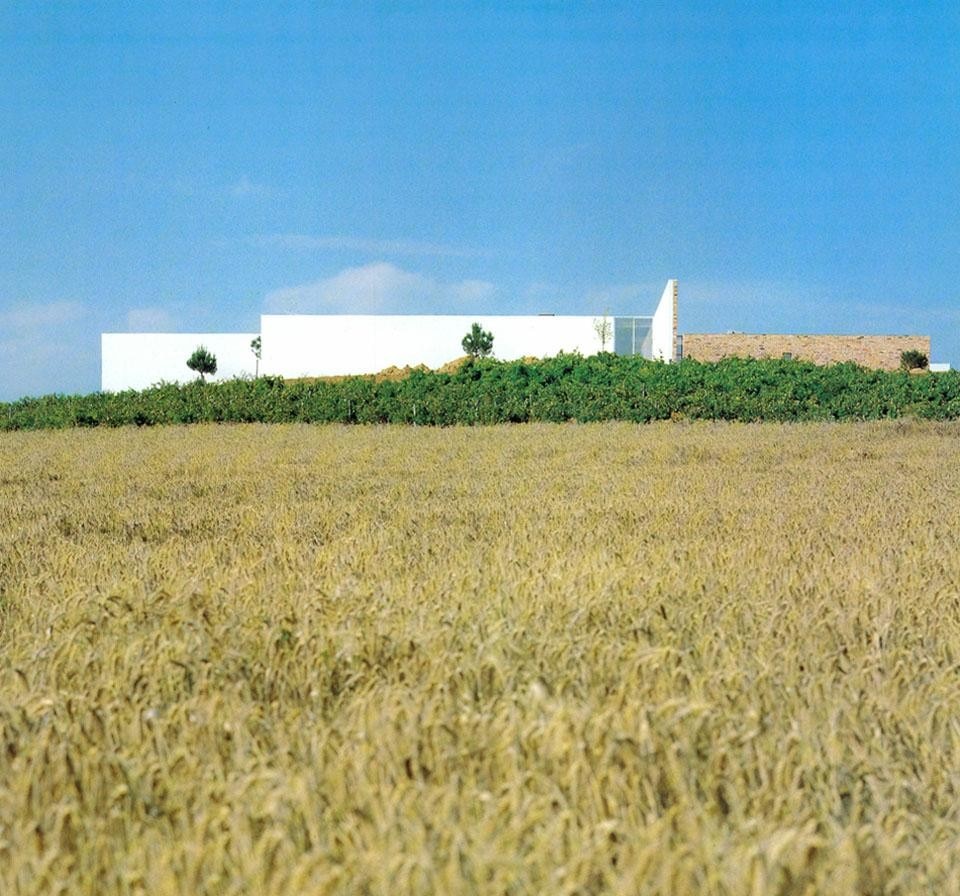
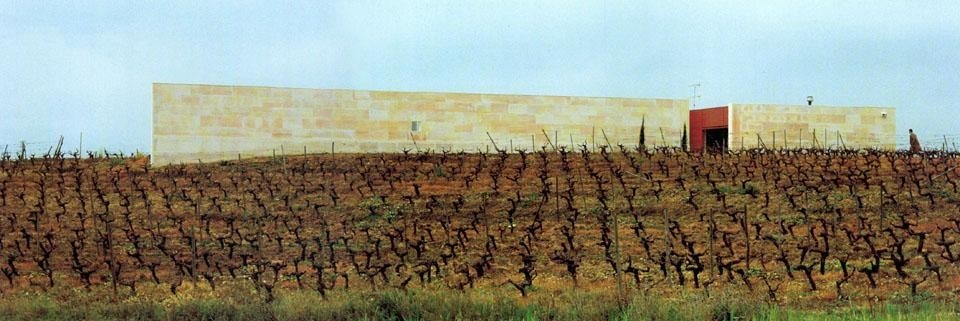
In the tradition of Mies van der Rohe, Souto de Moura conceives of architecture as a precise frame for life, neither its reflection nor its induction.
.jpg.foto.rmedium.jpg)
